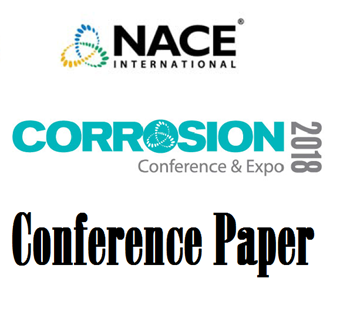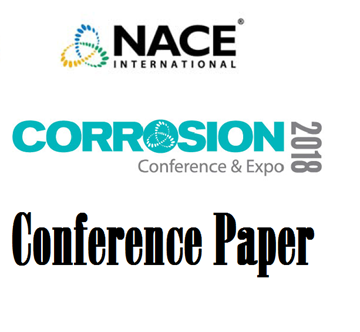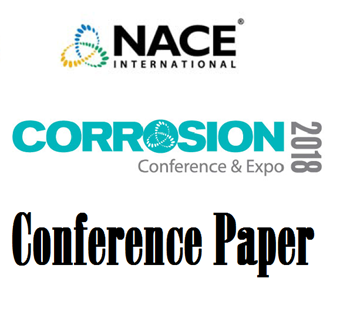A new field gradient tool for CP inspection has been developed to measure electric fields in seawater very accurately. Based on the information provided, the current density on the surface can be quantified and the location of coating damages determined.
Product Number:
51318-11709-SG
Author:
G. Ø. Lauvstad / M. Bjørnstad / H. Osvoll / T. Blakset / S. Strømstad,
Publication Date:
2018
$0.00
$20.00
$20.00
Inspection and monitoring of offshore structures and pipelines protected by cathodic protection (CP) are important factors in maintaining the integrity. As the offshore structures and pipelines get older, sacrificial anodes become depleted and coating gets damaged or deteriorates. Hence, methods for quantifying the various parameters affecting the protection become increasingly important. The CP systems on offshore structures do naturally have a limited life, and if under-protection, and in worst case, free corrosion, develops, this will have a major impact on remaining life. In order to assess the status and ensure the integrity of these structures, it is necessary to perform evaluations of the CP systems at regular intervals. The results from these evaluations can then be used to check the CP systems capacity for life extension, or whether a CP retrofit will be required.
This paper describes the capability of a new field gradient tool for CP inspection. The new tool has been developed to measure electric fields in seawater very accurately. Based on the information provided, the current density on the surface can be quantified and the location of coating damages determined. The results obtained from inspection of three jackets, which have been in operation more than 30 years, are presented. Here, it was important to establish the best basis for life extension and anode retrofit, both regarding anode performance and current density. The inspection results demonstrated very low current density on steel, but also a large variation in anode performance. Irrespective of this, the need for CP retrofit was greatly reduced, from immediate retrofit of a large number of single anodes and anode sleds on all jackets, to no retrofit requirement for two jackets and a potential, but very limited, retrofit requirement for the third jacket.
Key words: Cathodic protection, field gradient, subsea structures, inspection




